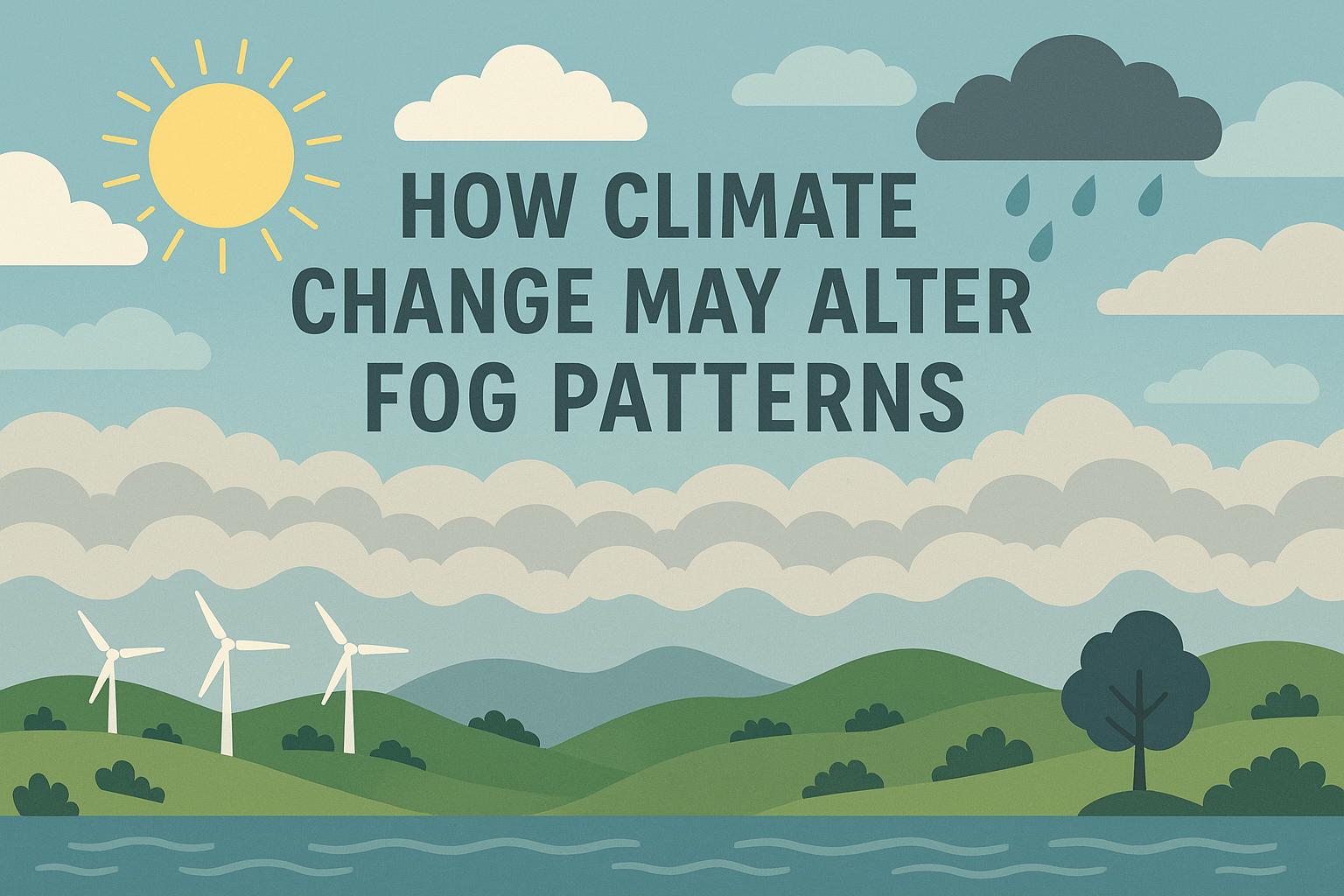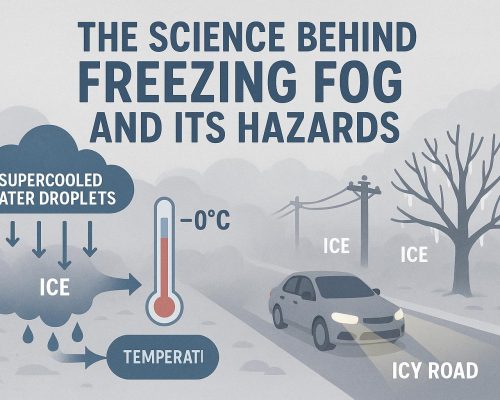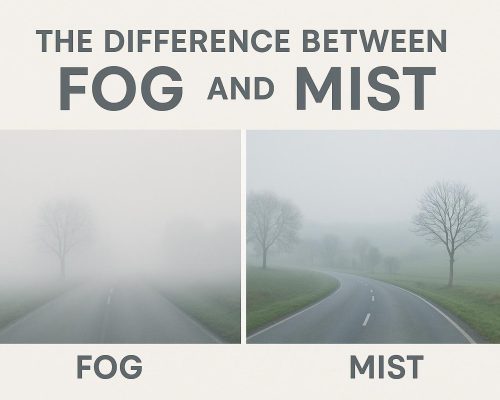
How Climate Change May Alter Fog Patterns
Climate Change and Its Impact on Fog Patterns
Fog, a visible aerosol comprising minute water droplets suspended in the atmosphere, is an integral component of numerous ecosystems. Its influence extends across natural environments, human endeavors, and the climatic system as a whole. With the global climate undergoing change, gaining insight into how these adjustments affect fog patterns is crucial for scientific research and practical applications alike. Fog’s significance lies in its ability to influence weather conditions, transportation systems, and even the biodiversity within ecosystems.
Mechanisms Behind Fog Formation
The formation of fog generally occurs under specific atmospheric conditions, including high humidity, reduced temperatures, and gentle winds. Coastal areas are particularly susceptible to fog, originating from the interplay between warm terrestrial temperatures and cooler sea currents. This interaction is especially noteworthy in regions like California’s coastal zones. The local climate and water cycles in such locations benefit significantly from fog’s presence.
Atmospheric Conditions Favoring Fog
Several factors converge to enable fog formation. First, high relative humidity ensures that water vapor condenses into tiny droplets. A cool temperature near the ground further facilitates this condensation process. Finally, light winds allow fog to form without dissipating the accumulating droplets. The amalgamation of these conditions leads to the development of fog, contributing to unique microclimates in impacted areas.
Effects of Global Warming on Fog
As global temperatures rise due to climate change, the atmospheric conditions fostering fog formation are likely to evolve. Increased temperatures can shift sea surface temperatures, subsequently affecting fog characteristics such as frequency, thickness, and duration. For example, heightened sea surface temperatures might decrease fog occurrence in traditionally fog-abundant regions, thereby influencing local biodiversity and weather patterns.
Impact on Sea Surface Temperatures
Warm sea temperatures can decrease the temperature differential between land and sea, reducing the conditions necessary for fog formation. This is particularly consequential in coastal areas where fog serves as a critical environmental component. Such changes can alter local ecosystems and weather dynamics, necessitating adaptations by affected species and human populations.
Implications for Ecosystems
Numerous ecosystems depend heavily on fog, with certain species having evolved specifically for life in foggy environments. A case in point is the redwood forests found along the Pacific coastline, where fog serves as a vital moisture source. Changes in fog patterns could unsettle these ecosystems, prompting shifts in the populations of both flora and fauna. The moisture provided by fog is essential for sustaining these forests and, by extension, the diverse life forms they support.
Ecological Ramifications
The disruption of fog patterns may lead to a domino effect in ecological systems. For instance, plant species reliant on fog for hydration may experience reduced growth or increased competition for limited resources. Similarly, animal species adapted to the cool and moist fog environments may need to migrate or adapt to new conditions, potentially leading to biodiversity loss. Such shifts underscore the importance of understanding and mitigating the impacts of climate change on fog-dependent ecosystems.
Human and Economic Considerations
Beyond natural ecosystems, alterations in fog patterns carry significant repercussions for human activities. In locales such as airports and coastal regions, fog critically impacts transportation safety and efficiency. Changes in fog frequency or thickness might necessitate modifications in infrastructure and operations to uphold safety standards.
Impact on Transportation and Infrastructure
Fog’s influence on visibility can hinder transportation activities, leading to delays and increased risks associated with travel. Addressing these challenges involves investing in better infrastructure, advanced forecasting techniques, and enhanced safety protocols. Regions that frequently experience fog-related disruptions may need to allocate resources towards developing resilient systems capable of managing evolving fog conditions.
Further Research and Monitoring
Efforts to deepen our understanding of fog dynamics in the context of climate change are ongoing, involving extensive fieldwork, satellite observations, and climate modeling. Through these initiatives, scientists aim to forecast how fog patterns will transform and devise strategies to mitigate adverse effects. Monitoring advancements in technology and data collection methods remains crucial for comprehensively understanding fog systems in a changing climate.
Innovations in Fog Research
Recent advancements in remote sensing and climate modeling have provided researchers with powerful tools to monitor and analyze fog patterns on a global scale. Using satellite data, scientists can detect subtle changes in sea surface temperatures, cloud formations, and atmospheric conditions. This data, in conjunction with computer modeling, enables the simulation of future scenarios, aiding in the development of adaptive strategies to minimize the impacts of fog alterations.
In conclusion, the impact of climate change on fog patterns is complex and multifaceted. Understanding these transformations is vital not only for ecological preservation but also for maintaining economic stability and safety within affected regions. As the climate continues to change, ongoing research and monitoring efforts are essential to predict and manage the consequences of shifting fog dynamics. These initiatives will help ensure that both natural ecosystems and human societies can adapt effectively to changes in fog patterns.






